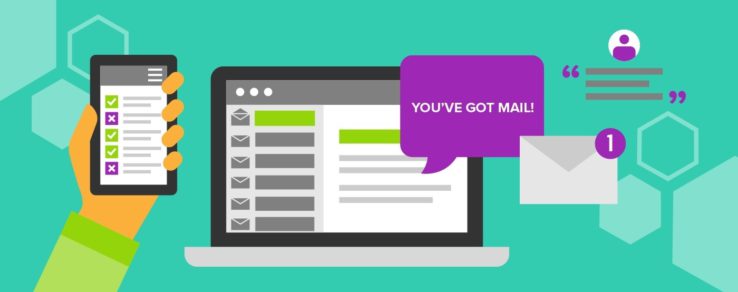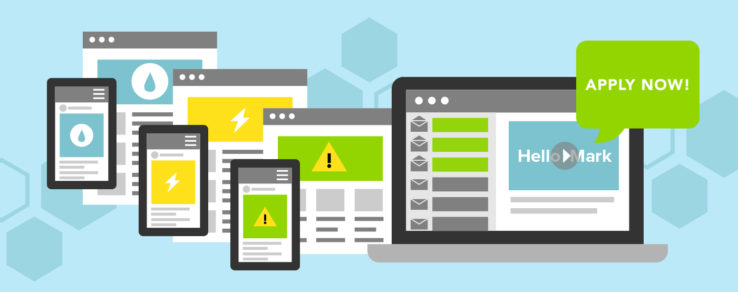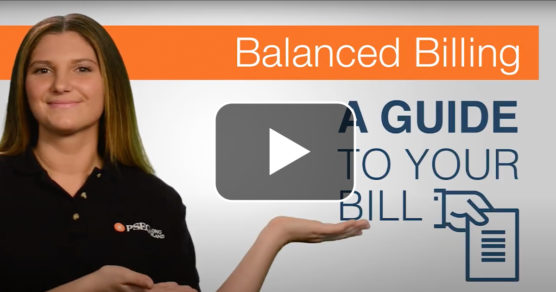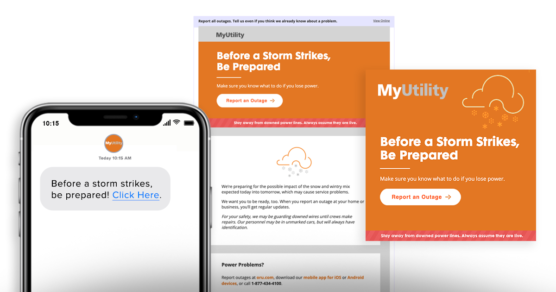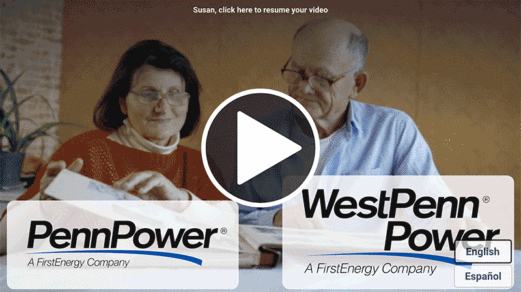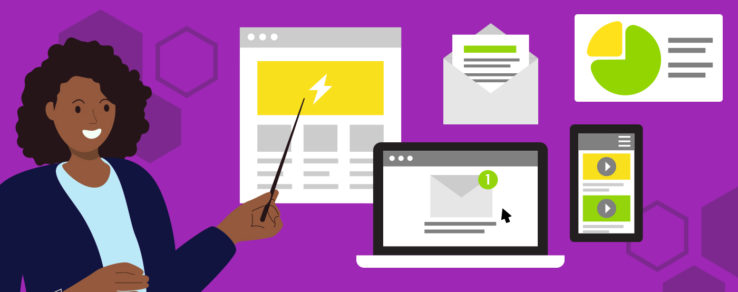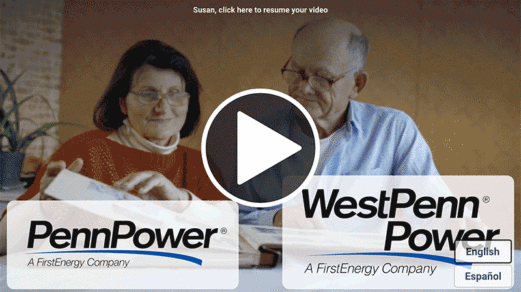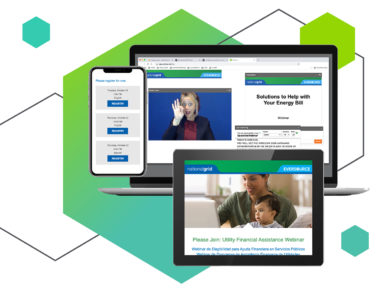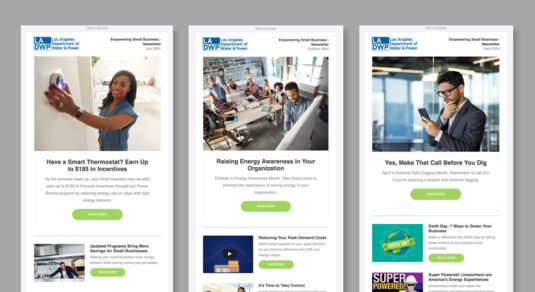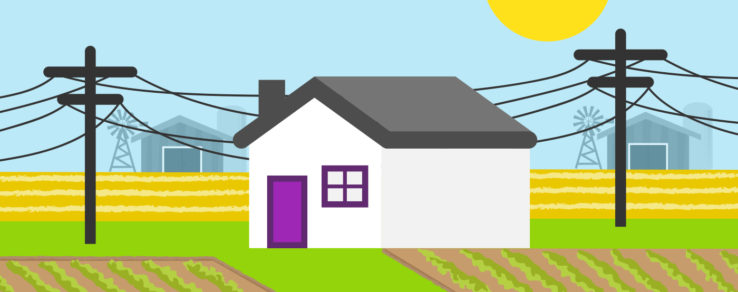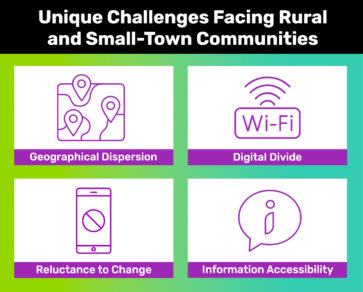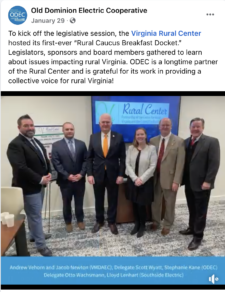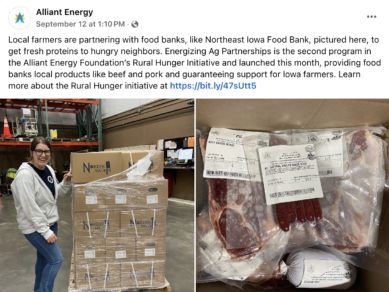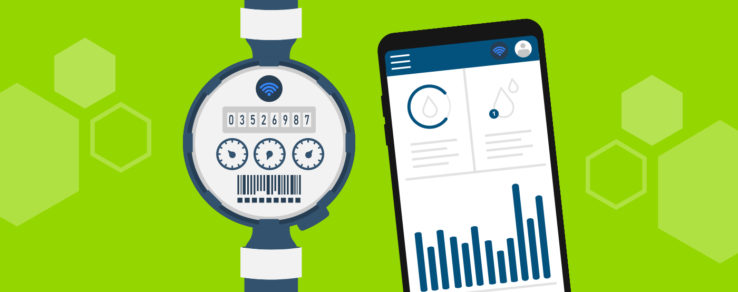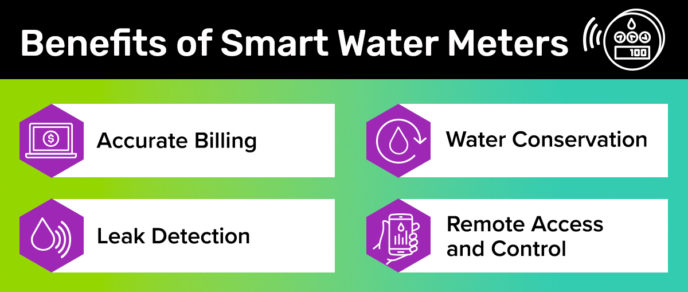Utility email marketing remains an essential communication channel. However, with evolving email service provider (ESP) requirements and changing customer expectations, maintaining strong email deliverability will require a strategic approach in 2025.
Discover these email trends for utilities that ensure messages reach inboxes and engage customers.
Enhancing Email Deliverability
For utility companies, strong email deliverability ensures that critical information reaches customers promptly, ensuring trust and engagement.
ESPs like Gmail and Yahoo are tightening their standards, making it more challenging for email senders who aren’t following best practices to reach inboxes. They are placing greater emphasis on authentication protocols to combat phishing and spam – with the goal of creating a safer and more user-friendly email experience. However, these changes are making it more challenging for large email senders.
Companies that send 5,000 or more emails daily to Gmail or Yahoo accounts must comply with new requirements to improve email security and the user experience. These protocols will be essential to follow in utility email marketing initiatives in 2025.
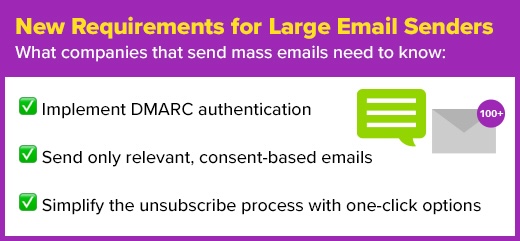
Large email senders are now required to:
- Implement authentication protocols: Implement Domain-based Message Authentication Reporting and Conformance (DMARC) to verify email authenticity and protect your company from spoofing.
- Send only wanted emails: Ensure your email lists are up-to-date and focus on sending relevant, consent-based communications to avoid being flagged as spam.
- Simplify the unsubscribe process: Make it easy for recipients to opt out with a one-click unsubscribe option, reinforcing trust and respecting user preferences.
In the past, simply providing an opt-out option and ensuring proper domain registration and authentication were often enough to maintain email deliverability. However, new ESP requirements mean that senders must go beyond the basics with utility email marketing.
“The email landscape is changing – inbox providers are trying to fight for market share and they’re also trying to lower the cost of infrastructure to run a large inbox service,” says Jeremy Harning, Vice President of Technology at Questline Digital. “When you have tens of thousands of businesses blasting emails every minute, that’s a lot of computing power. That’s why they are trying to tackle the issue from two sides – the user perspective and email sender perspective.”
Strengthening Sender Reputation
Sender reputation remains a key factor in utility email marketing. Utilities must proactively monitor their email reputation, ensure compliance with changing regulations and prioritize subscriber engagement to maintain a strong sender reputation.
Strong sender authentication protocols like DMARC, DKIM and SPF will be more critical than ever, while maintaining a clean email list will play a key role in avoiding spam filters. These protocols are essential email authentication methods that verify whether an email truly originates from the domain it claims.
When it comes to utility email optimization, marketers should regularly update their email lists to remove inactive subscribers and ensure that their data integration tools are robust. Accurate data enhances personalization efforts and improves deliverability rates.
“Prioritizing customers who regularly interact with email is going to make a tremendous difference for your email deliverability,” says Molly Dannaher, Application Director at Questline Digital. “This is going to implicitly weed out those who are marking your emails as SPAMs as well as hard bounces. Inactive subscribers who haven’t opened or clicked on your emails need to be taken off of your list. Utilities should be cleaning their lists at least every year.”
According to Dannaher, re-engagement campaigns can be particularly helpful for improving email for utilities. These campaigns reach out to inactive subscribers with personalized content or an option to update their email preferences. This is a great way to re-engage inactive subscribers or remove them from your email list altogether to improve deliverability.
Utilities should maintain a strong sender score by:
- Using a confirmed opt-in process: Ensure customers explicitly consent to receive emails to reduce spam complaints.
- Keep your email list clean: Regularly remove invalid email addresses, bounces and inactive subscribers.
- Segment your audience: Send targeted, relevant content based on customer preferences and behaviors to boost engagement.
- Monitor engagement rates: Track open rates, click-through rates and spam complaints — and adjust your strategy accordingly.
- Provide an easy unsubscribe option: Ensure your opt-out process is simple and accessible to minimize spam complaints.
Why Personalization is Paramount
One of the top email trends for utilities, personalization is essential for ensuring strong engagement and avoiding the promotions tab. ESPs are prioritizing user engagement more than ever, meaning emails that receive low open rates, minimal interaction or high unsubscribe rates are more likely to be filtered out.
Utility marketers can improve inbox placement by delivering content that aligns with subscriber interests, behaviors and preferences. Personalization can help create emails that feel tailored to each recipient, increasing engagement and signaling to ESPs that your messages are valuable. The more relevant your utility email marketing, the better your utility’s chances of landing in the primary inbox and building stronger customer relationships.
“If you end up in the promotions tab, you don’t get an undelivered message – the only way you know you’ve been ‘promo-boxed’ is plummeting open rates and click-through rates,” Harning says. “Deliverability won’t be negatively affected, but you’ll see your engagement rates take more hits. Low engagement rates equal getting promo-boxed, which equals lower engagement rates, and the cycle continues.”
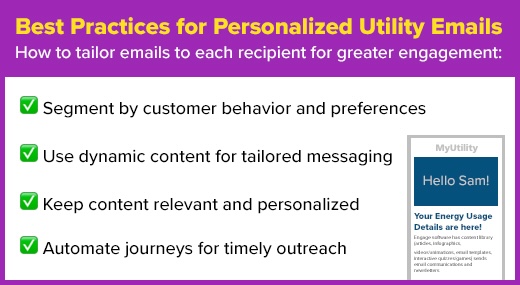
Email personalization best practices include:
- Segmenting email lists based on customer behavior, energy usage and preferences.
- Using dynamic content to tailor messaging, such as including relevant energy-saving tips based on a customer’s past behavior.
- Email content and design: Relevant, personalized and well-formatted content encourages engagement and reduces spam complaints.
- Automating email journeys to send timely messages, such as outage notifications and personalized billing reminders.
Privacy Should Be a Priority
To maintain trust and credibility among customers, it’s essential to balance personalization with privacy considerations in utility email marketing.
Utilities can strike a balance between personalization and privacy by using data responsibly and transparently. By leveraging customer preferences, such as communication channels, language choices and service interests, utilities can tailor email content without overstepping boundaries.
It’s crucial to only use information that customers have willingly shared and to clearly explain how their data is being used to enhance their experience. Implementing robust security measures and giving customers control over their preferences — like updating their contact details or opting in to specific programs — builds trust while allowing your utility to deliver relevant content. This thoughtful approach in utility email marketing ensures personalization feels helpful, not intrusive.
By adapting strategies to prioritize privacy-first data and foster genuine customer relationships, utility marketers can continue to drive impactful, measurable results.
Improving Utility Email Marketing with SEO
SEO isn’t just for websites — it’s a powerful tool for improving email for utilities in 2025.
In the past year, Apple Mail Privacy Protection changed email senders’ reliance on open rates as a primary measure of engagement. Now, with Apple’s Mail Categories and Digest View, marketers will be using SEO principles into their utility email marketing strategies more than ever before.
Apple’s new Digest View automatically groups multiple emails from the same sender into a single expandable thread in a user’s inbox. This allows subscribers to easily scan content without having to open each individual message.
With this new feature, it’s vital for utilities to craft SEO-based emails that stand out in a bundled inbox. To capture attention, each email should have a clear, keyword-rich subject line and preheader that reflect what customers are actively searching for, such as “Lower Your Energy Bill This Winter” or “Rebate Programs for EV Owners.”
Within the email body, structuring content with scannable headers, bullet points and relevant keywords keeps readers engaged and makes key information easy to find. Utilities should also prioritize the most important information in the first few lines of the email. These SEO principles are key for improving email for utilities.
“Incorporating SEO into utility emails isn’t just about boosting open rates — it’s about meeting customers where they are, with the information they’re actively searching for,” Harning says. “By aligning email content with customer interests and search behaviors, utilities can create more relevant, engaging experiences.”
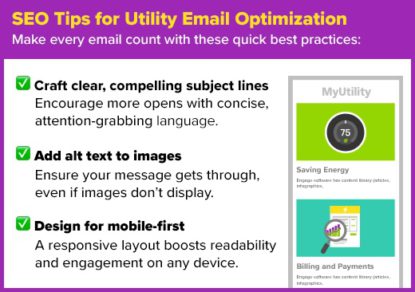
Consider these SEO best practices for utility email optimization:
- Write clear, compelling subject lines that encourage opens.
- Use alt text for images so recipients understand the message even if images don’t load.
- Ensure mobile-friendly design to improve readability and engagement on all devices.
By weaving SEO principles into utility email marketing campaigns, utilities can better connect with their audiences, delivering timely, valuable content that drives engagement and action.
Email Deliverability Meets Engagement
As utilities navigate the changing landscape of utility email marketing in 2025, success will come from striking the right balance between performance, personalization and privacy. By embracing these email trends for utilities, marketers can navigate the complexities of email deliverability, building trust and providing value with every email sent.
